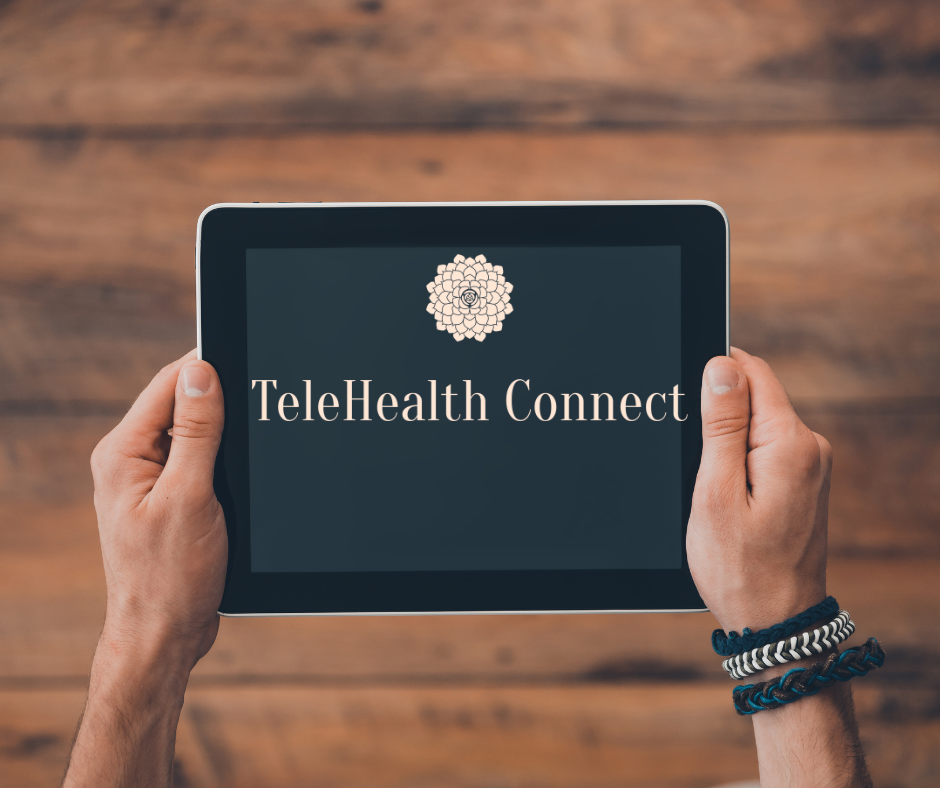Heart disease remains the leading cause of death for men, women, and most racial and ethnic groups in the United States. The statistics are sobering: one person dies every 34 seconds from cardiovascular disease, totaling 919,032 deaths in 2023 alone—that’s 1 in every three deaths. Beyond the profound human cost, heart disease also carries a hefty economic burden, costing approximately $417.9 billion from 2020 to 2021, covering healthcare services, medicines, and lost productivity.
But what if there were a powerful tool to make heart health management more accessible, effective, and convenient? Enter telehealth for heart health.
The Alarming Reality: Why Telehealth for Heart Health is Crucial

Heart Disease in the United States: Key Statistics
Coronary artery disease (CAD), the most common type of heart disease, led to 371,506 deaths in 2022 and affects about 1 in 20 adults aged 20 and older (about 5%). Heart attacks strike approximately 805,000 people in the U.S. every year—one every 40 seconds—and disturbingly, about 1 in 5 are “silent,” meaning the damage occurs without the person’s awareness.
The impact of heart disease is not felt equally; deaths vary significantly by sex, race, and ethnicity. It’s the leading cause of death for African American, American Indian, Alaska Native, Hispanic, and White men. For women from the Pacific Islands, Asian American, American Indian, Alaska Native, and Hispanic women, heart disease is second only to cancer.
Disparities and Risk Factors in Cardiovascular Health
Key risk factors for heart disease include high blood pressure, high blood cholesterol, and smoking. Other significant contributors are diabetes, being overweight or obese, an unhealthy diet, physical inactivity, and excessive alcohol consumption.
Life’s Essential 8™: Your Roadmap to a Stronger Heart with Telehealth
To empower individuals in the fight against heart disease, the American Heart Association (AHA) developed Life’s Essential 8™, a comprehensive checklist for improving and maintaining cardiovascular health. Adopting these measures helps lower the risk for heart disease, stroke, and other major health problems. They comprise two major areas: Health Behaviors and Health Factors.
Pillar 1: Eat Better for Cardiovascular Wellness
Aim for an overall healthy eating pattern that includes whole foods, lots of fruits and vegetables, lean protein, nuts, seeds, and cooking in non-tropical oils such as olive and canola.
Pillar 2: Be More Active, Anytime, Anywhere

Adults should get 2 ½ hours of moderate or 75 minutes of vigorous physical activity per week. Kids should have 60 minutes every day, including play and structured activities.
Pillar 3: Quit Tobacco for Heart Protection
Use of inhaled nicotine delivery products, including traditional cigarettes, e-cigarettes, and vaping, is the leading cause of preventable death in the U.S., accounting for about a third of all deaths from heart disease.
Pillar 4: Prioritize Healthy Sleep for Overall Health
Most adults need 7-9 hours of sleep each night. Adequate sleep promotes healing, improves brain function, and reduces the risk of chronic diseases.
Pillar 5: Manage Weight Effectively
Achieving and maintaining a healthy weight has many benefits. Body mass index (BMI), with an optimal BMI less than 25, is a useful gauge.
Pillar 6: Control Cholesterol Levels
High levels of non-HDL, or “bad,” cholesterol can lead to heart disease. Monitoring non-HDL cholesterol is preferred as it can be measured without fasting.
Pillar 7: Master Blood Sugar Management
Over time, high levels of blood sugar can damage your heart, kidneys, eyes, and nerves. Monitoring hemoglobin A1c can reflect long-term control in people with diabetes or prediabetes.
Pillar 8: Maintain Healthy Blood Pressure
Keeping your blood pressure within acceptable ranges can keep you healthier longer. Levels less than 120/80 mm Hg are optimal.
How Telehealth Revolutionizes Heart Care and Accessibility
Effectively managing these essential habits and factors often requires consistent medical guidance, monitoring, and regular check-ups. This is precisely where telehealth for heart health offers a revolutionary solution.
The Rise of Telehealth: A Pandemic-Era Transformation
During the COVID-19 pandemic, telehealth services experienced an unprecedented surge. Virtual visits among Medicare recipients jumped from 5 million in late 2019 to over 53 million in the same period in 2020. For individuals with private insurance, telehealth visits soared by 766% during the first three months of the pandemic.
Evidence of Effectiveness: Telehealth vs. In-Person Care

Crucially, studies have found that telehealth is just as effective as in-person care in improving patients’ quality of life. A multi-site study involving 1,250 patients found equivalent quality-of-life scores for those receiving palliative care via telehealth compared to in-person care, adding to growing evidence that telehealth provides comparable quality of care across various medical specialties.
Expanded Access and Reduced Disparities through Virtual Visits
Advocates emphasize that telehealth offers substantial benefits, particularly for patients who face long travel distances to appointments, those managing disabling or chronic illnesses, or individuals requiring frequent follow-up care. For highly vulnerable patients, such as those receiving palliative care, telehealth allows them to receive necessary treatment without the arduous journey to a hospital setting. It also provides greater flexibility, freeing patients from relying on caregivers for transportation to appointments, as caregivers were less likely to participate in virtual visits, pointing to greater patient independence. Telehealth has the potential to dramatically expand access to care and reduce health disparities, even proving beneficial in acute situations like stroke care, where it can lead to improved outcomes and reduced disability. For chronic conditions like heart disease and diabetes, telemedicine has been shown to improve medication adherence and ensure continuity of care.
Securing the Future of Telehealth for Heart Health: Policy and Innovation
Despite these clear advantages, many pandemic-era telehealth waivers are slated to expire by the end of 2024, creating uncertainty about continued access to these vital services.
Addressing Policy Concerns: Quality, Cost, and Fraud
Policymakers have expressed concerns regarding the quality of care, costs, and potential for fraud. However, recent studies, including the significant randomized clinical trial published in JAMA, provide strong evidence for telehealth’s effectiveness, urging Congress to support the extension of these waivers. Furthermore, a 2022 report from the U.S. Department of Health and Human Services (HHS) indicated that telehealth fraud during the pandemic was rare, and existing mechanisms are in place to monitor such activities.
Regarding costs, some have argued for reimbursing telehealth visits at a lower rate than in-person visits. However, analyses suggest that enhanced telehealth services can lead to higher quality care and better access with only a modest increase in spending (1.6% or $248 per patient in high-use systems), which is often offset by a reduction in non-COVID-19 emergency department visits (2.7% fewer).
Advocating for Permanent Telehealth Reimbursement

Experts like Dr. Lee Schwamm of Yale School of Medicine and Professor Ateev Mehrotra of Harvard Medical School are advocating for permanent changes to telehealth reimbursement policies. They propose a phased approach to reimbursement, allowing healthcare systems time to develop the necessary infrastructure for a hybrid care model that seamlessly integrates virtual and in-person services. Setting reimbursements too low could discourage its use and hinder the necessary initial investments from health care systems for technology and infrastructure.
Overcoming Regulatory Hurdles: Interstate Licensing and New Technologies
Realizing the full potential of telehealth for heart health will also require addressing outdated interstate medical regulations. Most rules currently require a provider to be licensed in the state where the patient is located, which can disrupt existing patient-clinician relationships, especially for patients with serious illnesses seeking care from specialists out of state. Mehrotra suggests federal laws to allow doctors to see patients via telemedicine across state lines when an existing relationship is present.
Modernizing rules to encompass new technologies, such as secure patient portal messages and remote monitoring devices that transmit vital health data directly to doctors, will be essential to leverage these innovations for optimal patient benefit. The current policies often focus only on video and audio conferences, overlooking these evolving forms of medical communication.

Conclusion: Empowering Heart Health Through Digital Innovation
The evidence is clear: telehealth for heart health is not merely a convenience; it’s a critical component in the prevention, management, and improvement of outcomes for cardiovascular disease. As we move forward, ensuring permanent access to these services and adapting regulations to embrace technological advancements will be paramount in empowering millions of Americans to live healthier, longer lives, keeping their most vital organ strong.


